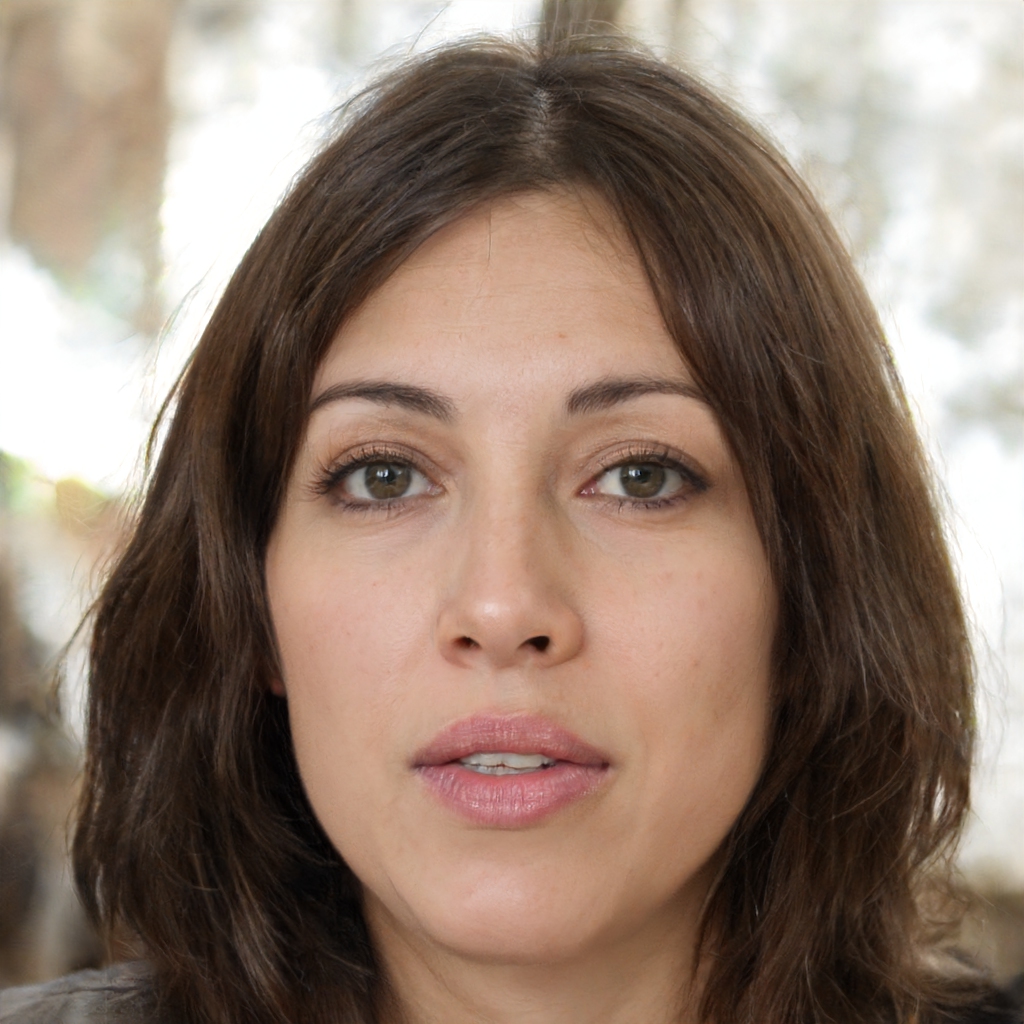Learning is a set ofcontinuous and diversified processes, which we acquire from childhood and thatincreases our different capacitiesas it becomes more complex.
One of these abilities is kinesthetic, for which there is a learning style calledkinesthetic learning.
In this article, we explainwhat kinesthetic learning consistsof and describe its main characteristics.
Index
ToggleWhat is kinesthetic learning?
To enter into context, we must understand theconcept of learning, according to theRoyal Spanish Academy, consists of “the acquisition by practice of a lasting behavior”. (1)
In this sense, kinesthetic learning is one of the differentlearningstyles that consists of a process that begins through theapplication of methods and procedures to acquire knowledgethrough the movement of the body, the experiences in which it participates and its sensations.
This is how we understand then, that the learning process not only consistsof the capture of stimuli through sight, hearing or smell, since the motor part of the organism also intervenes.
To highlight: Kinesthetic learningstimulates and developsbody, spatial, musicalandintrapersonal kinesthetic intelligence.
What are the characteristics of kinesthetic learning?
Kinesthetic peopleare those who acquire knowledge with this learning style, which has its characteristics thatdifferentiate it from other stylesand that we mention below:
1. It occurs when you have practical experiences
The kinesthetic learning style happens mainly on practical experiences, that is, it is acquired after having carried out, lived, felt or suffered a situation or action one or more times.
You should know: This learning style is slower than other methods, but Once grasped it is hard to forget.
2. Information is processed through touch and movement
This is one of the learning styles, in which sensory stimuli do not depend on visual, auditory, olfactory or taste perception, but rather require constant physical contact or repetitive movements towards a defined objective.
In this sense, the nerve terminals located in the skin and in the different muscles of the human body are in charge of receiving and processing new stimuli and from there the brain builds new brain synapses, a phenomenon called ” neurogenesis ” (2) , with the aim of fixing the new pattern of movement .
Important: An article published in a research journal describes the importance of incorporating theoretical and methodological knowledge about the sensory-perceptual dimension in childhood . (3)
3. It is based on trial and error
This type of learning enjoys the Flexibility for adequate adaptation to situations unknown to the human body, therefore, the trial and error method is applied to correct and achieve perfection of movement and consciously fix it in the brain.
Note: Kinesthetic learning in children improves their critical thinking and problem solving skills through trial and error experimentation.
4. Involve more physical activity
These abilities are stimulated and developed, through a greater activation of the muscular groups with the constant practice of physical activity.
To highlight: This learning is characteristic of gymnasts, runners and in a number of sports activities where precision is important.
5. Lasts over time
As previously mentioned, this learning lasts to be fixed because new neuronal connections are built within the Nervous System , to fix these new motor behaviors of the human body and make them lasting over time.
How to develop kinesthetic learning?
This type of learning is supported by the practice of certain strategies , which we mention below:
1. Combine study sessions with physical activities
The construction of a detailed program of objectives and goals, where strategies are combined for the acquisition of theoretical knowledge added to an experience with the practice of physical activities, constitutes one of the strategies of the kinesthetic learning process.
You should know: This component builds professions in sports, theater, dance, music and physical education , as well as careers in the field of construction and architecture among many others.
2. Manipulate and build objects from different materials
Another of the strategies of this kinesthetic learning process is the handling and constructive use of different objects made of different materials.
Note: With this strategy, the aim is to associate the texture of the materials with their physical characteristics in the brain and thus be able to easily identify them by touch.
3. Take walks and outdoor trips
Walks in natural areas contribute to the kinesthetic learning of the lower body of the human body.
To highlight: Sports practices such as hiking, excursions on foot or explorations towards natural geographical sites , are ideal for kinesthetic learning, in addition to developing Naturalistic Intelligence .
4. Participate in artistic activities that involve movement
When communication is based on people’s gestures, Artistic Activities are idealfor this learning style. Mime, theater, ballet or rhythmic gymnastics are some examples of artistic activities thatserve as a strategy in kinesthetic learning.
Key Findings
- Kinesthetic learning consists of a process to acquire knowledge through the movement of the body, the experiences in which it participates and its sensations.
- This learning takes time to be fixed in the brain, but Once captured it is enduring.
- Contributes to the neurogenesis process of the brain.
- This learning is a component of sports, artistic and musical activities .
- It can be developed by combining study sessions with physical activities , as well as building objects from different materials.

University Professional in the area of Human Resources, Postgraduate in Occupational Health and Hygiene of the Work Environment, 14 years of experience in the area of health. Interested in topics of Psychology, Occupational Health, and General Medicine.
